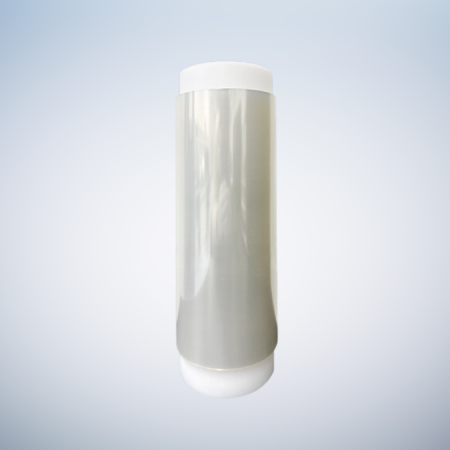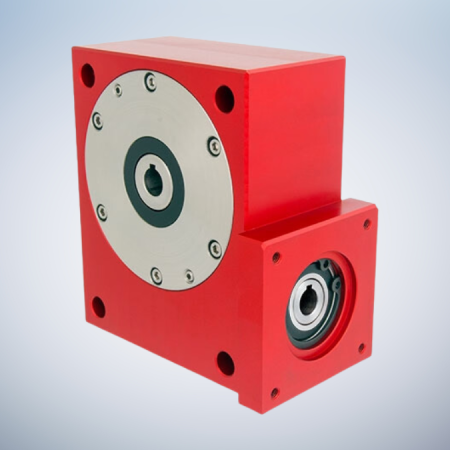PEM: the core component of fuel cell, plays a vital role in the performance and life of the cell. Structure and principle of PEM: composite membrane based on expanded polytetrafluoroethylene (ePTFE) coated with perfluorosulfonic acid resin; Three layer structure: the middle layer is ePTFE, and the upper and lower layers are sulfonic acid resin. The sulfonic acid group in the membrane absorbs water, and H+combines with the water molecule, jumping from a fixed sulfonic acid radical site to another sulfonic acid radical site in the form of hydrated proton (H3O+) for proton conduction. Cobbetter’s years of experience in ePTFE membrane development and membrane material coating can not only ensure the excellent performance of the PEM, but also reduce the differences between batches of the PEM, and ensure the consistency of product quality.
The Role of PEM
- Conducting protons
- Isolate gas
- Obstructing electrons
Specifications
Basic Parameters
| Result | Test Conditions | |
| Thickness | 10±1 μm | 25°C 50%RH |
| Surface density | 21±2 g/cm³ | 25°C 50%RH |
Hydrolysis Performance
| Result | Test Conditions | ||
| Swelling Rate | MD | ≤5.0 % | 100°C 10min |
| TD | ≤5.0 % | 100°C 10min |
Mechanical Properties
| Result | Test Conditions | ||
| Tensile Strength | MD | ≥60 MPa | 25°C 50%RH |
| TD | ≥80 MPa | 25°C 50%RH | |
| Elastic Modulus | MD | ≥400 MPa | 25°C 50%RH |
| TD | ≥600 MPa | 25°C 50%RH |
Electrochemical Performance
| Result | Test Conditions | |
| Proton Conducctivity | ≥110 mS/cm | 25°C water bath |
| Ion Exchange Equivalent | 1000-1200 g/mol | acid-base titration |






Reviews
There are no reviews yet.